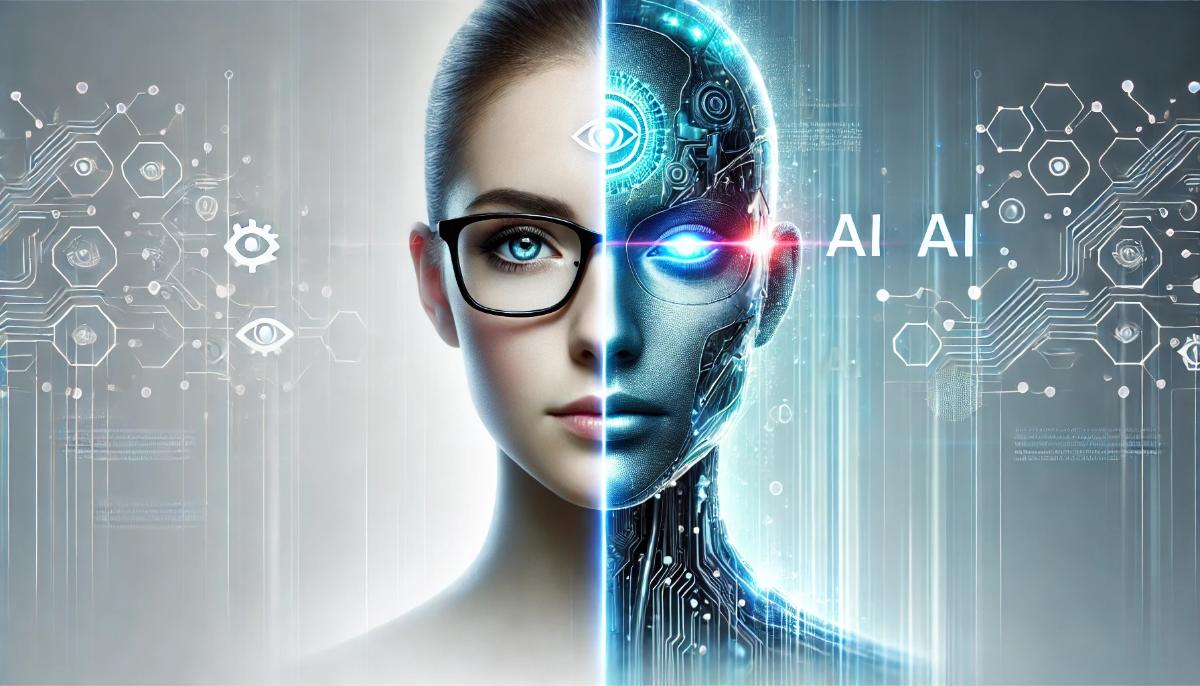Rescue technologies: how AI will restore the morale of 70% of civil servants
Public First report shows how artificial intelligence saves time.
Study conducted by Public First and commissioned by Google Cloud, is a collection of public cloud services offered by Google. The platform includes a range of hosted computing, storage and application development services that run on Google hardware. Software developers, cloud administrators, and other enterprise IT professionals can access Google Cloud services over the public Internet or through a dedicated network connection.
” data-html=”true” data-original-title=”Google Cloud”>Google Cloud, showed that introducing generative artificial intelligence (AI) into the UK public sector could save around £38 billion annually over the next five years.
Automation of routine tasks is seen as a key capability of AI. The report states that more than a third of daily tasks in the public sector can be completed using such technologies. According to the data, 61% of government employees are overworked, and 70% of respondents report low morale. Only 12% of government workers have already implemented AI to a significant extent.
The use of generative AI could reduce healthcare queues equivalent to 3.7 million additional doctor appointments, free up resources equal to 160,000 police officers, and increase student-teacher ratios by 16%. The total economic benefit is estimated at £358 billion by 2034, freeing up 8.3% of the budget for reinvestment in public services.
The report predicts that 56% of public sector jobs could be modernized with AI, allowing employees to focus on more creative tasks. It is expected that 38% of professions will remain unchanged due to their specificity, while 6% could be fully automated.
So far, the implementation process faces a number of difficulties. More than half of respondents (55%) indicated the need to improve data structure for the effective use of AI. Concerns about safety, legal liability and the cost of technology have also been noted. About a third of respondents reported a lack of skills to work with AI.
Additionally, it raises the issue of high energy and cooling costs, which already impact environmental sustainability and may conflict with climate protection goals.
Google Cloud sees the public sector as a key driver for AI adoption in other industries. Recommendations include conducting technology readiness assessments in health, transportation and education, upgrading legacy IT systems, upskilling staff and improving procurement management.
**What measures should governments prioritize to ensure that the deployment of AI in public services leads to a more equitable and inclusive society, addressing concerns about job displacement and digital divides?**
## Interview: AI’s Potential and Challenges in the Public Sector
**Introduction**
Welcome to World Today News. Today, we’re diving into the exciting and somewhat controversial topic of Artificial Intelligence in the public sector. A new study by Public First, commissioned by Google Cloud, reveals both the potential benefits and significant challenges of integrating AI into government operations. Joining me today are two distinguished guests: [Guest 1 Name], a leading advocate for AI implementation in public services, and [Guest 2 Name], an ethicist specializing in the impact of technology on society.
**Section 1: The Promise of AI**
**Host:** The Public First study paints a picture of significant potential for AI to revolutionize public services. [Guest 1], you’re a strong supporter of this integration. What aspects of the study’s findings resonate most with you, and why?
**Host (to Guest 2):** [Guest 2], while acknowledging the potential benefits, many are concerned about the displacement of jobs and the widening gap between those who have access to AI technology and those who don’t. How do we ensure that AI advancements create a more equitable and inclusive society?
**Section 2: Data, Skills, and Infrastructure**
**Host:** The study also highlights several hurdles to widespread AI adoption, including data infrastructure limitations, skill gaps, and concerns about cost and responsibility. [Guest 1], what are some practical steps that governments can take to address these challenges?
**Host (to Guest 2):** [Guest 2], there are concerns that focusing on efficiency metrics may lead to a neglect of ethical considerations. How can we ensure that AI is developed and implemented in a way that upholds human values and protects individuals from bias or harm?
**Section 3: Balancing Efficiency and Human Touch**
**Host:** The study predicts that AI can free up significant resources, allowing public servants to focus on more creative and human-centric tasks. [Guest 1], can you elaborate on what this might look like in practice? Give us some concrete examples of how AI can empower public servants to better serve citizens.
**Host (to Guest 2):** [Guest 2], some argue that certain tasks, particularly those involving empathy and complex human interactions, are best left to humans. Do you believe there’s a risk of dehumanizing public services through excessive reliance on AI? How can we navigate this delicate balance?
**Section 4: Looking Ahead: The Future of AI in Public Service**
**Host:** Looking forward, what are your biggest hopes and concerns regarding the integration of AI into the public sector?
**Host to Both Guests:**
Where do we go from here? What are the crucial conversations that need to happen now to ensure responsible and beneficial implementation of AI in our public services?
**Conclusion**
**Host:**
Thank you both for sharing your invaluable insights. This is clearly a complex and evolving landscape. The potential for AI to transform public services is undeniable, but it’s crucial that we proceed with caution, transparency, and a commitment to ethical and equitable development. As we move forward, continued public dialog and collaboration between policymakers, technologists, and ethicists will be essential to harnessing the power of AI for the greater good.


